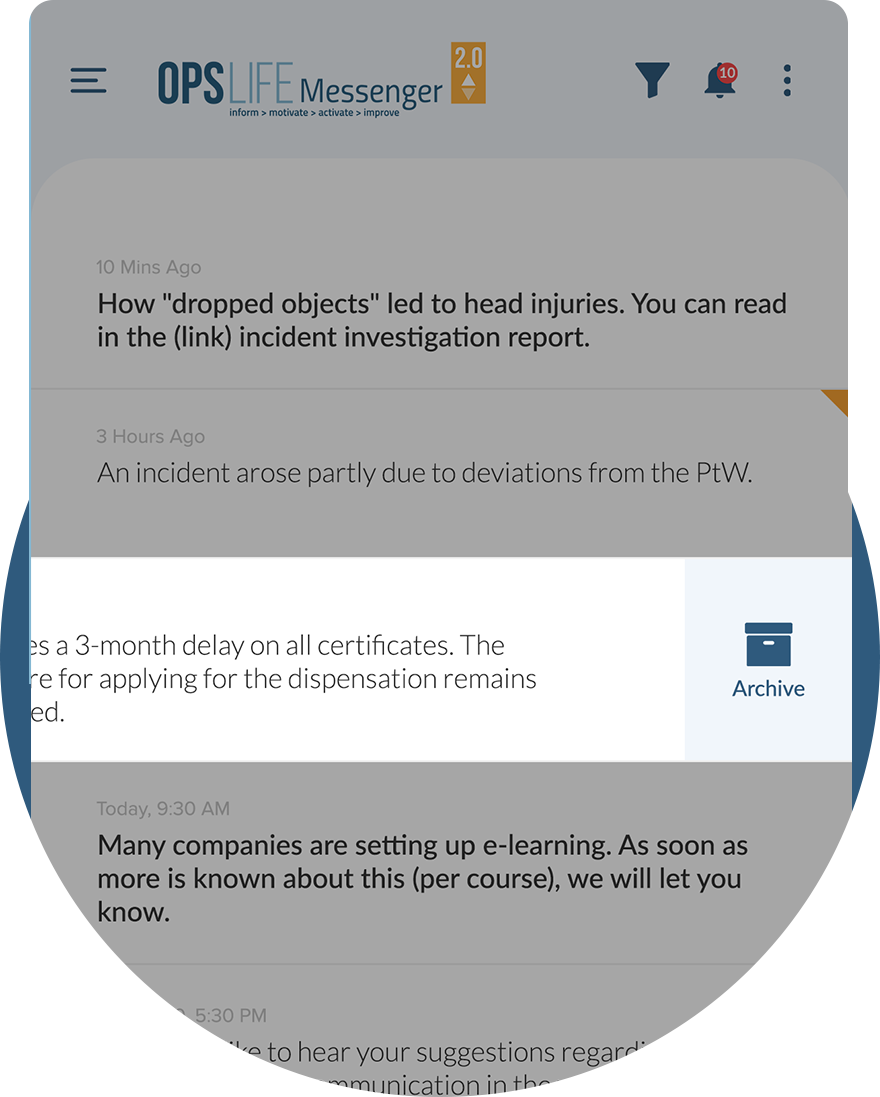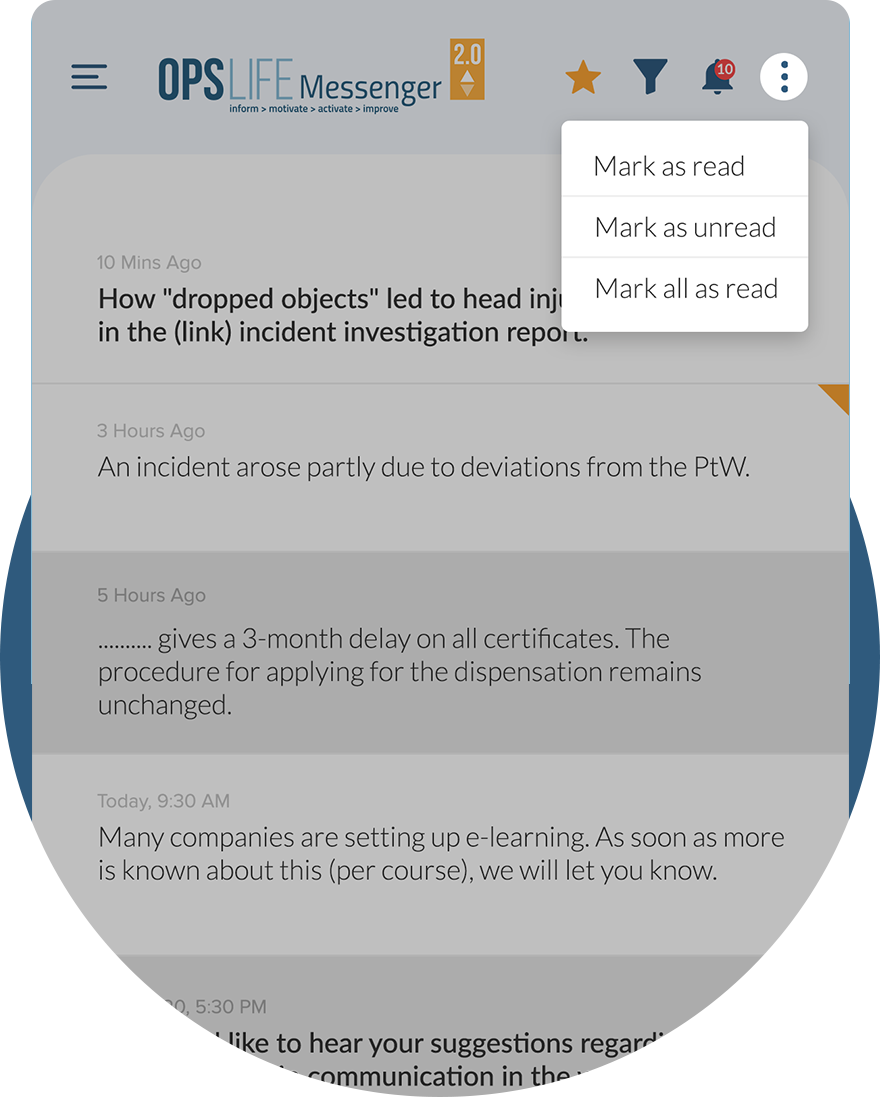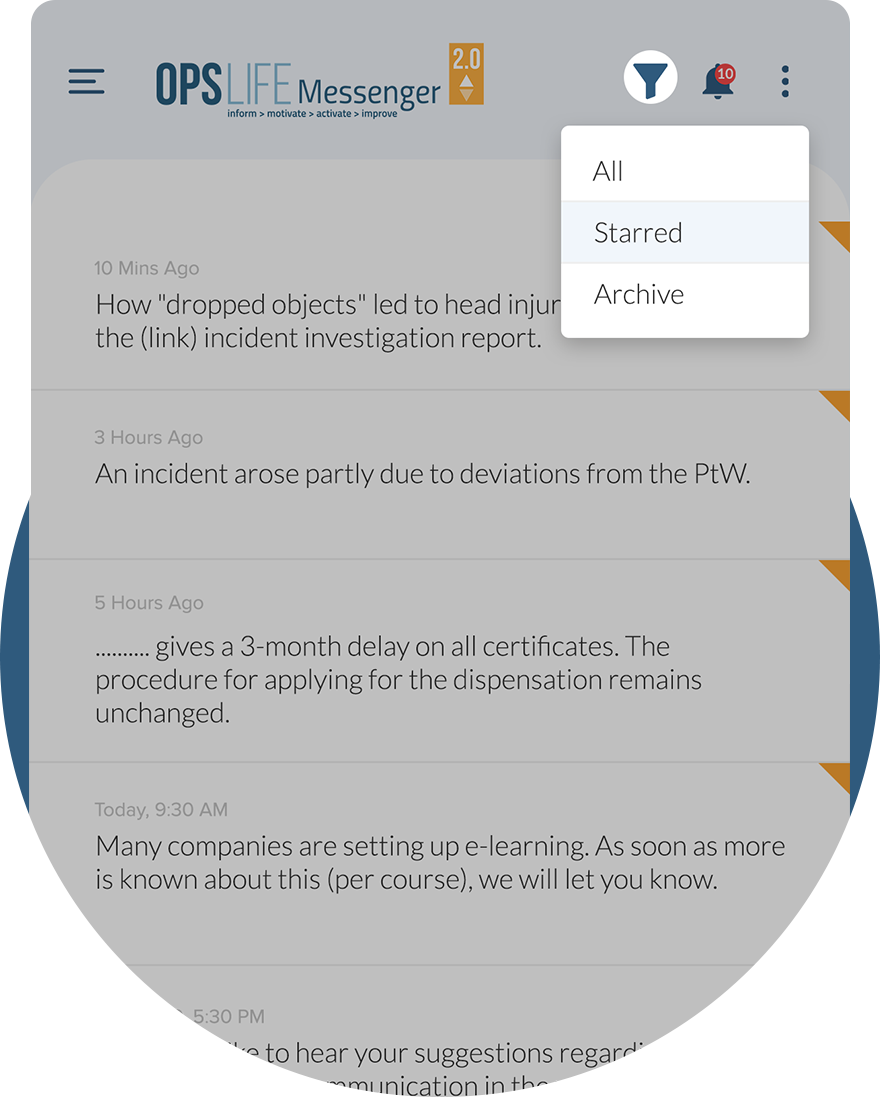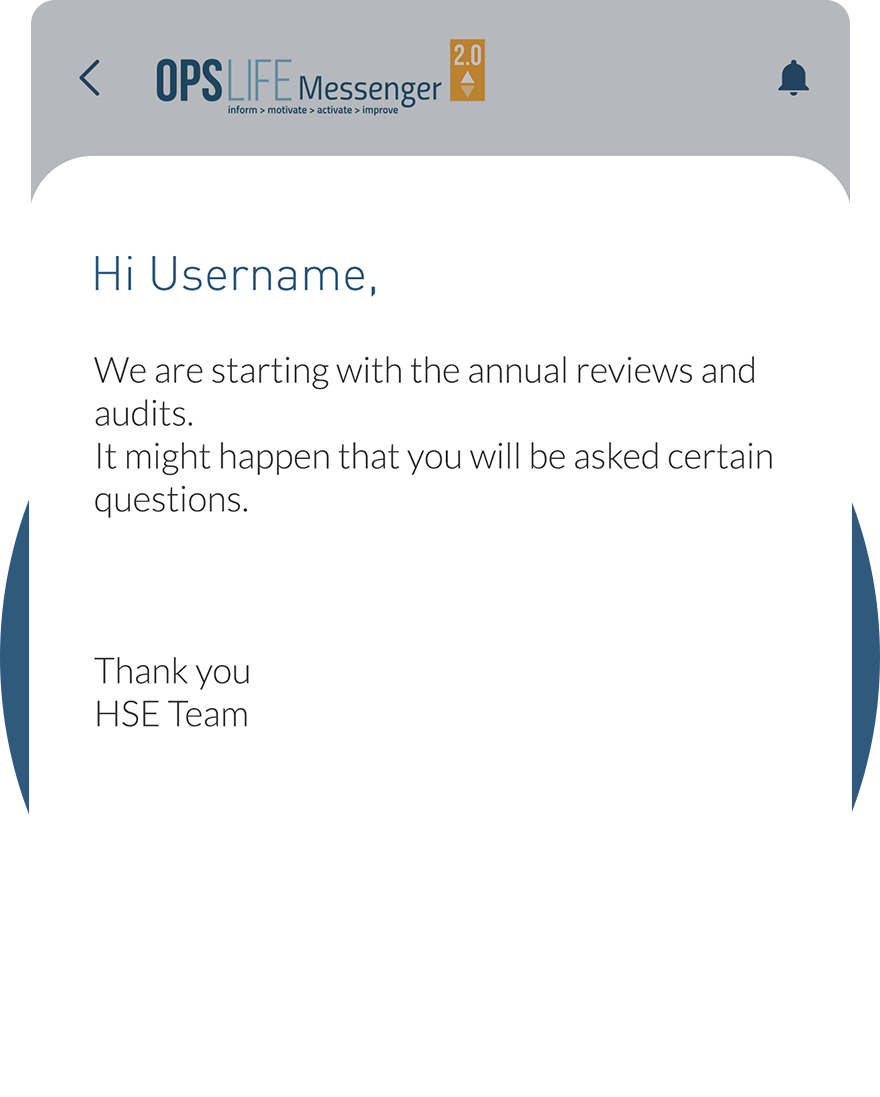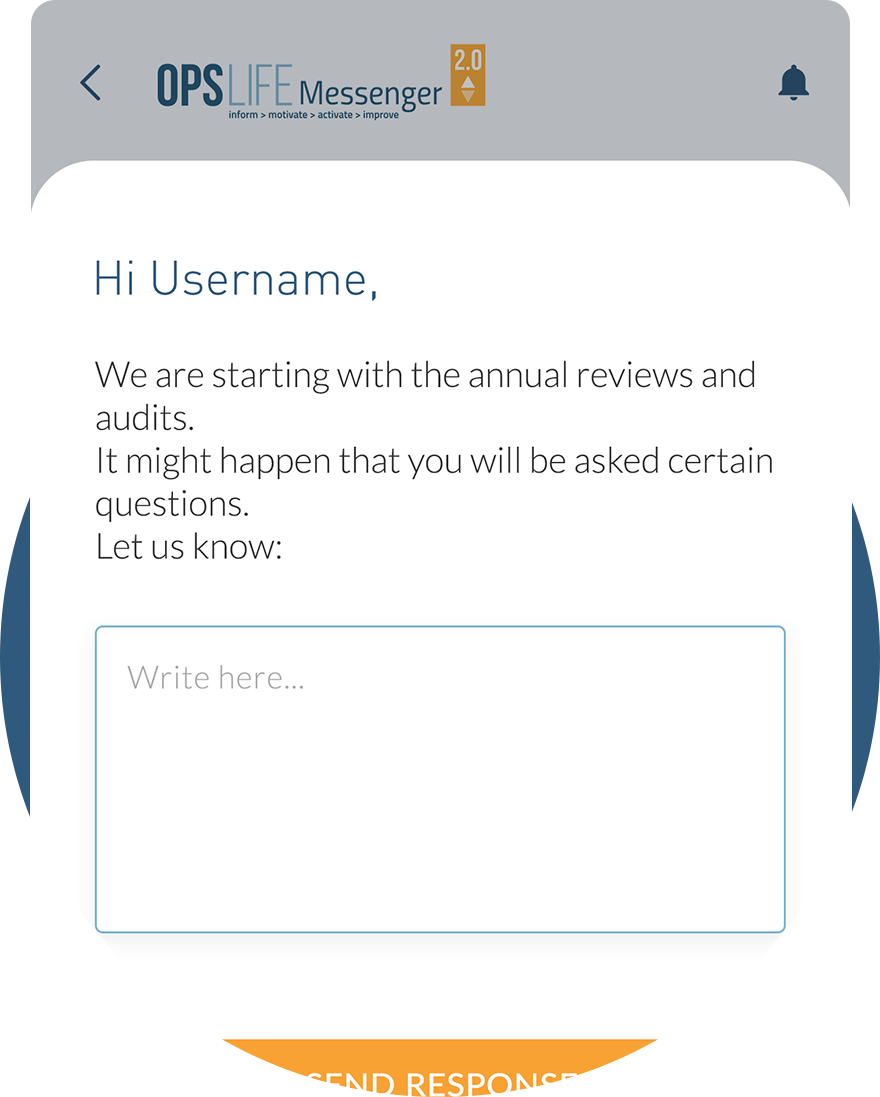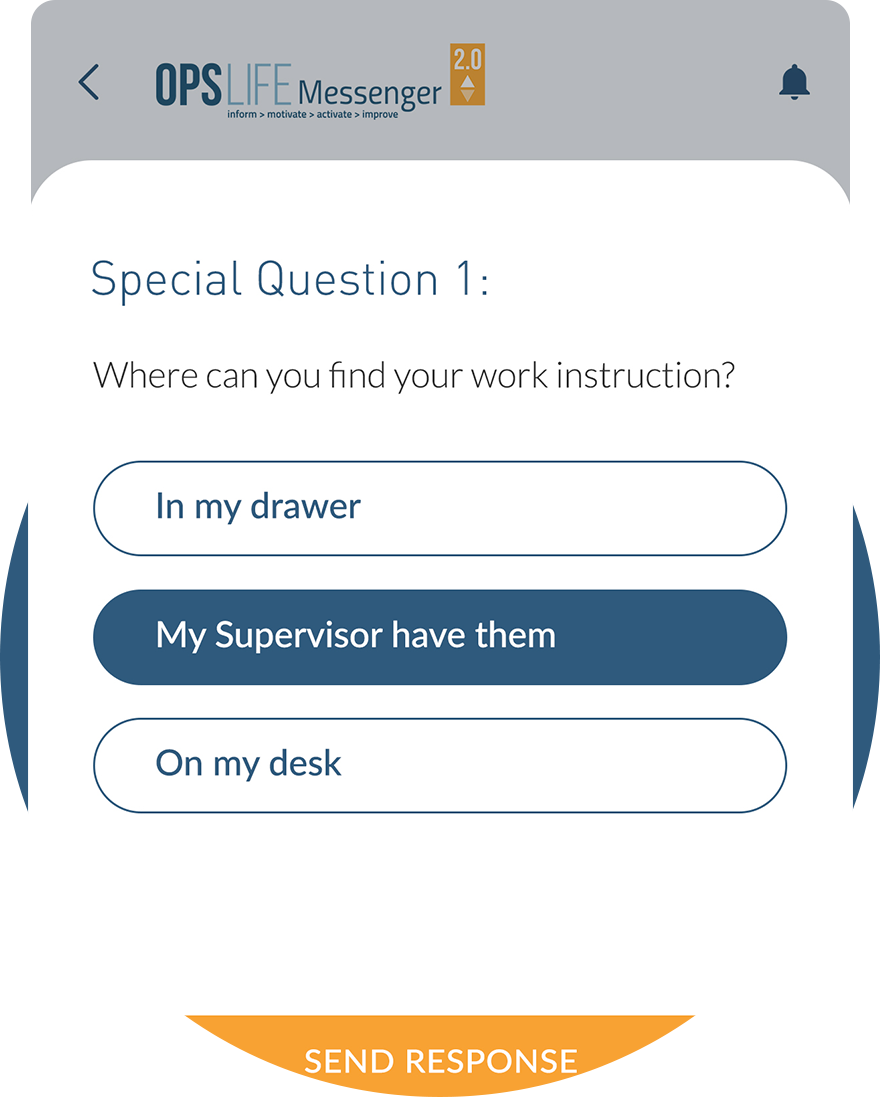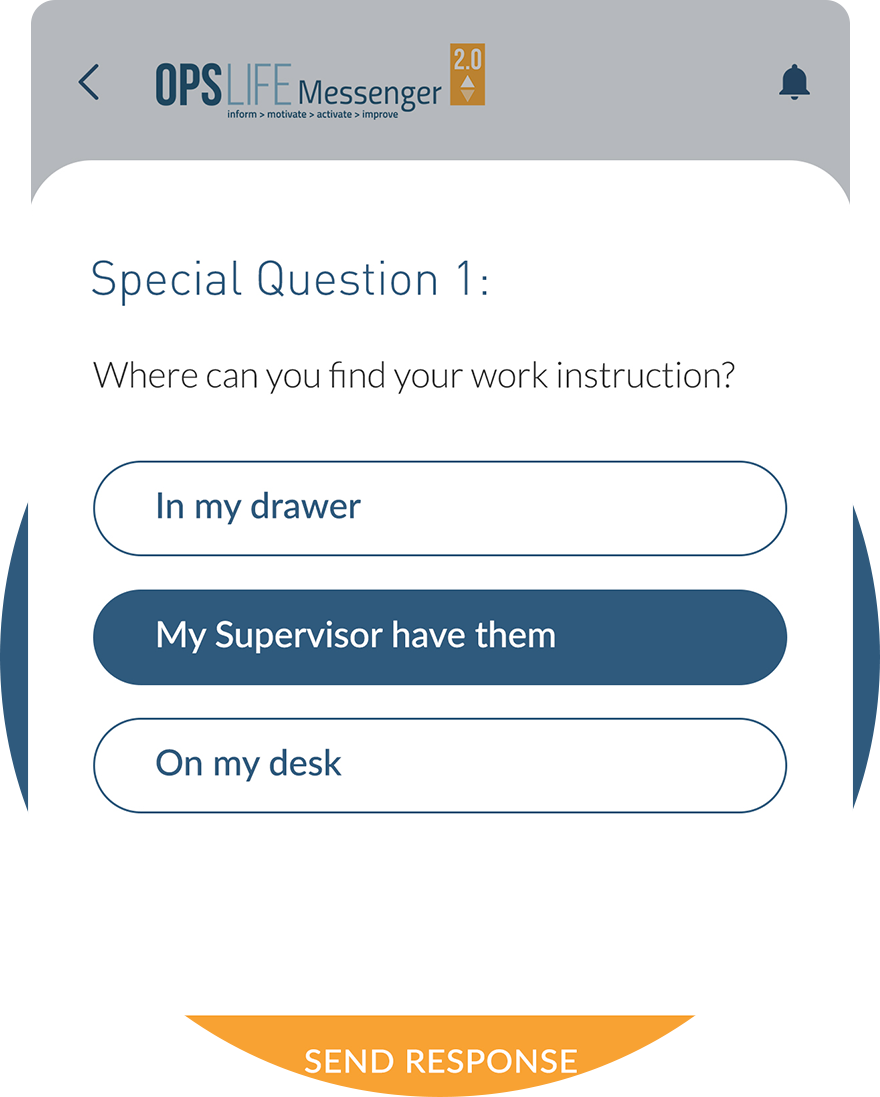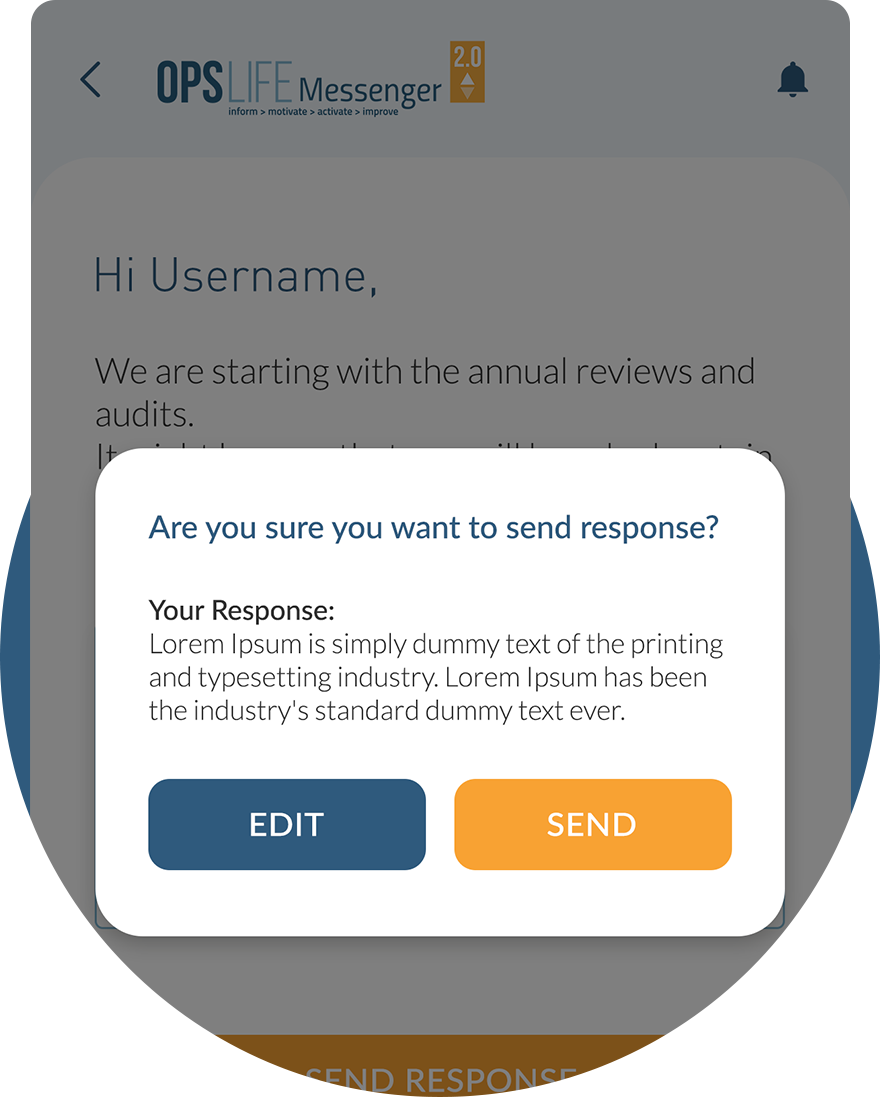Basic HSE information about TRA and set of tools to be used at work.
Task Risk Analysis
- Workplace Information
- Toolbox Information
- Check Your Knowledge
- Action Focus Campaign
IMPORTANT INFORMATION
- The purpose of a TRA is to identify and control the risks.
- High risk activities? Always undertake a TRA.
- Undertaking a TRA can lead to using additional PPE – check the Permit to Work.
- New or never before conducted activities always require a TRA.
- If you have doubts about the result of the TRA, don’t start to work and consult your manager.
WHAT IS IT?
The Task Risk Analysis (TRA) is a method to identify and control the risks involved in your work situation. The Task Risk Analysis is a more detailed part of the Permit to Work when the risks are too great and more research is necessary in order to be able to work safely. Therefore it is important to be aware of and to recognize risks.
You need to undertake a TRA when:
- the exact risks are not clearly identifiable in relation to specific activities
- new activities that have not been conducted before at your workplace
- work teams are new or when the composition of work teams changes
- using an untested method to undertake repair work
- conducting simple activities under special circumstances
Furthermore, a TRA is required before performing complex tasks. For instance, in the case of complicated constructions or special projects.
After having undertaken a TRA, you will know exactly which precautions you are required to take. It enables you to work safely. A TRA creates more awareness on working safely.
By utilizing a TRA, undesirable and unexpected events are able to be eliminated as much as possible, even before you start working. The result of this analysis is a simple, but complete work instruction.
To undertake a TRA, you use a form which is attached to the Permit to Work.
High risk activities that cannot be performed according to normal procedure require a Task Risk Analysis. For example hot work, hoisting and lifting activities, working at height and/or in confined spaces.
HAZARDS
Failure to fill in a TRA correctly or not undertaking a TRA can lead to major hazards resulting in incidents and damage to your workplace and the environment. Ultimately it can lead to bodily harm or fatalities.
PREVENTION
If an activity and the associated risks cannot be clearly surveyed and properly managed, a Task Risk Analysis must be undertaken as an addition to the work permit.
If you have doubts about the result of the TRA, don’t start to work and discuss your doubts upfront with your manager to ensure a safe work environment.
PROTECTION
Basic Personal Protection Equipment (PPE) must be used at all times. Performing a TRA can lead to using additional PPE, depending on the type of work and the risks associated with it. Ask your company about the specific equipment you need to use. Be aware of the fact that your safety and that of your colleagues is of utmost importance.
IN CASE OF...
Any incident that occurs during work can have severe impact on people, installations and the environment. Ensure that you are familiar with the right procedure in case incidents happen. If not, ask your company for further information.
Unsafe working conditions should never be ignored and should always be kept in mind to avoid hazards.
Start your daily work with safety!
Onscreen presentation is very useful to use during work preparation or toolbox meetings. It provides short and concrete information. Five questions and answers at the end of presentation can be used to make the meeting more interactive and to give conversation a boost.
Be always prepared for the work!
It is of utmost importance to be well prepared before you start the work.
By clicking on the button below you can check your knowledge about this HSEQ subject.
After completion of the knowledge check, your certificate will be visible in
MY ACCOUNT > My training.
